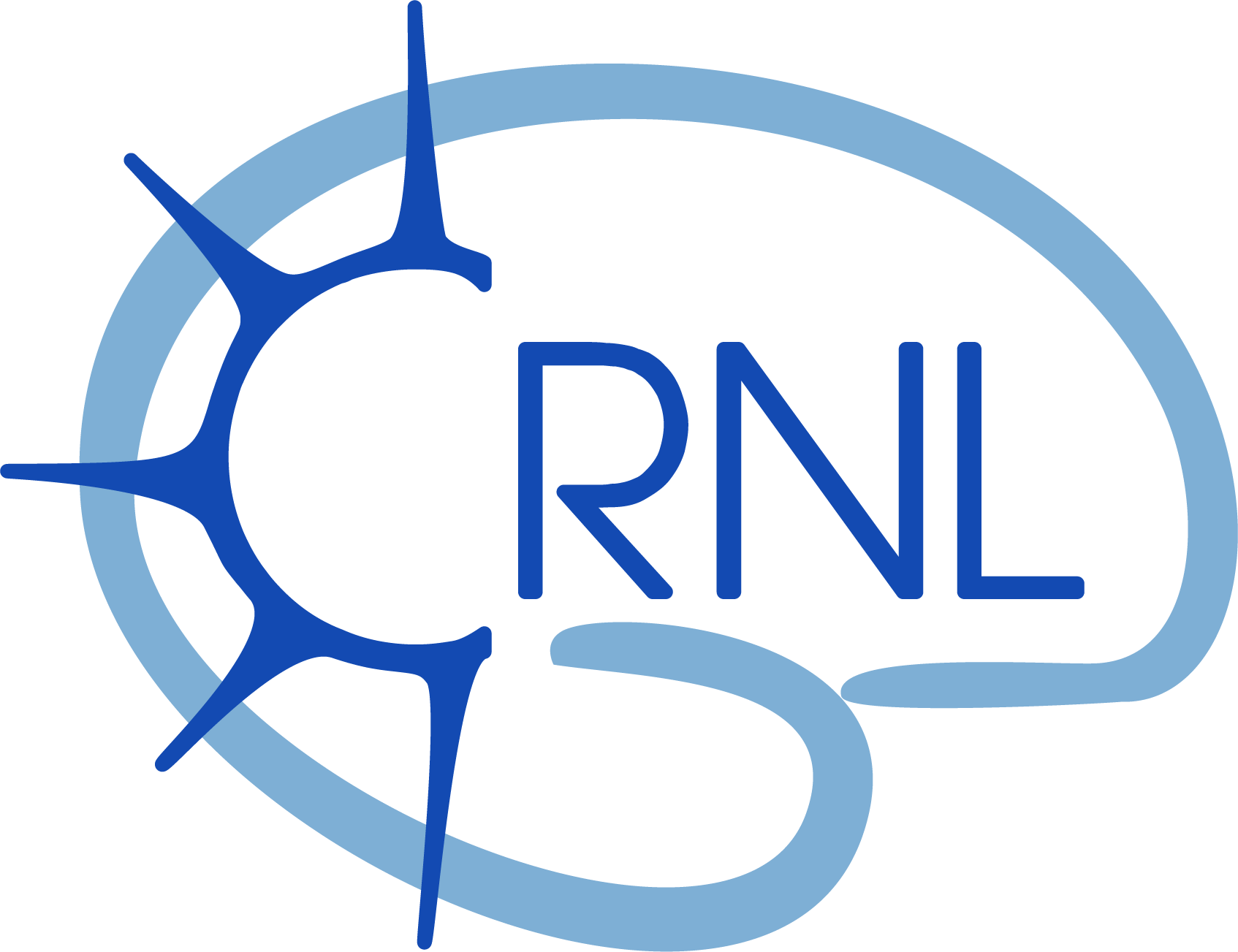Mapping Lesion-Related Epilepsy to a Human Brain Network
Résumé
Importance It remains unclear why lesions in some locations cause epilepsy while others do not. Identifying the brain regions or networks associated with epilepsy by mapping these lesions could inform prognosis and guide interventions. Objective To assess whether lesion locations associated with epilepsy map to specific brain regions and networks. Design, Setting, and Participants This case-control study used lesion location and lesion network mapping to identify the brain regions and networks associated with epilepsy in a discovery data set of patients with poststroke epilepsy and control patients with stroke. Patients with stroke lesions and epilepsy (n = 76) or no epilepsy (n = 625) were included. Generalizability to other lesion types was assessed using 4 independent cohorts as validation data sets. The total numbers of patients across all datasets (both discovery and validation datasets) were 347 with epilepsy and 1126 without. Therapeutic relevance was assessed using deep brain stimulation sites that improve seizure control. Data were analyzed from September 2018 through December 2022. All shared patient data were analyzed and included; no patients were excluded. Main Outcomes and Measures Epilepsy or no epilepsy. Results Lesion locations from 76 patients with poststroke epilepsy (39 [51%] male; mean [SD] age, 61.0 [14.6] years; mean [SD] follow-up, 6.7 [2.0] years) and 625 control patients with stroke (366 [59%] male; mean [SD] age, 62.0 [14.1] years; follow-up range, 3-12 months) were included in the discovery data set. Lesions associated with epilepsy occurred in multiple heterogenous locations spanning different lobes and vascular territories. However, these same lesion locations were part of a specific brain network defined by functional connectivity to the basal ganglia and cerebellum. Findings were validated in 4 independent cohorts including 772 patients with brain lesions (271 [35%] with epilepsy; 515 [67%] male; median [IQR] age, 60 [50-70] years; follow-up range, 3-35 years). Lesion connectivity to this brain network was associated with increased risk of epilepsy after stroke (odds ratio [OR], 2.82; 95% CI, 2.02-4.10; P < .001) and across different lesion types (OR, 2.85; 95% CI, 2.23-3.69; P < .001). Deep brain stimulation site connectivity to this same network was associated with improved seizure control ( r , 0.63; P < .001) in 30 patients with drug-resistant epilepsy (21 [70%] male; median [IQR] age, 39 [32-46] years; median [IQR] follow-up, 24 [16-30] months). Conclusions and Relevance The findings in this study indicate that lesion-related epilepsy mapped to a human brain network, which could help identify patients at risk of epilepsy after a brain lesion and guide brain stimulation therapies.
Mots clés
Sleep apnea Epilepsy SUDEP Arousal Heart rare AASM AI
Apnea index AHI
Apnea-hypopnea index ArI
Arousal index BDI
Beck Depressive Inventory BMI
Body Mass Index CPAP
Continuous positive air pressure DRE
Drug-resistant epilepsy DSE
Drug-sensitive epilepsy ESS
Epworth Sleepiness Scale HRV
Heart rate variability HI
Hypopnea index NREM sleep
Non-rapid-eye-movement sleep N2
Non-rapid-eye-movement sleep stage 2 N3
Non-rapid-eye-movement sleep stage 3 OSA
Obstructive Sleep Apnea ODI
Oxygen desaturation index PSG
Polysomnography REM sleep
Rapid-eye-movement sleep RRI
RR interval SD
Standard Deviation SOL
Sleep onset latency SUDEP
Sudden Unexpected Death in Epilepsy TIB
Time spent in bed TST
Total sleep time WASO
Wake after sleep onset
Apnea index
AHI
Apnea-hypopnea index
ArI
Arousal index
BDI
Beck Depressive Inventory
BMI
Body Mass Index
CPAP
Continuous positive air pressure
DRE
Drug-resistant epilepsy
DSE
Drug-sensitive epilepsy
ESS
Epworth Sleepiness Scale
HRV
Heart rate variability
HI
Hypopnea index
NREM sleep
Non-rapid-eye-movement sleep
N2
Non-rapid-eye-movement sleep stage 2
N3
Non-rapid-eye-movement sleep stage 3
OSA
Obstructive Sleep Apnea
ODI
Oxygen desaturation index
PSG
Polysomnography
REM sleep
Rapid-eye-movement sleep
RRI
RR interval
SD
Standard Deviation
SOL
Sleep onset latency
SUDEP
Sudden Unexpected Death in Epilepsy
TIB
Time spent in bed
TST
Total sleep time
WASO
Domaines
Sciences du Vivant [q-bio]| Origine | Fichiers produits par l'(les) auteur(s) |
|---|
